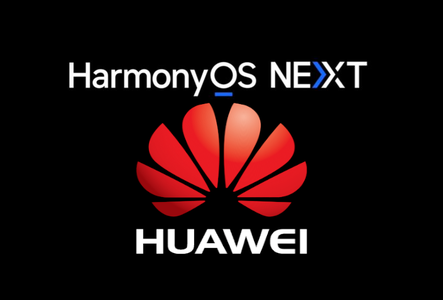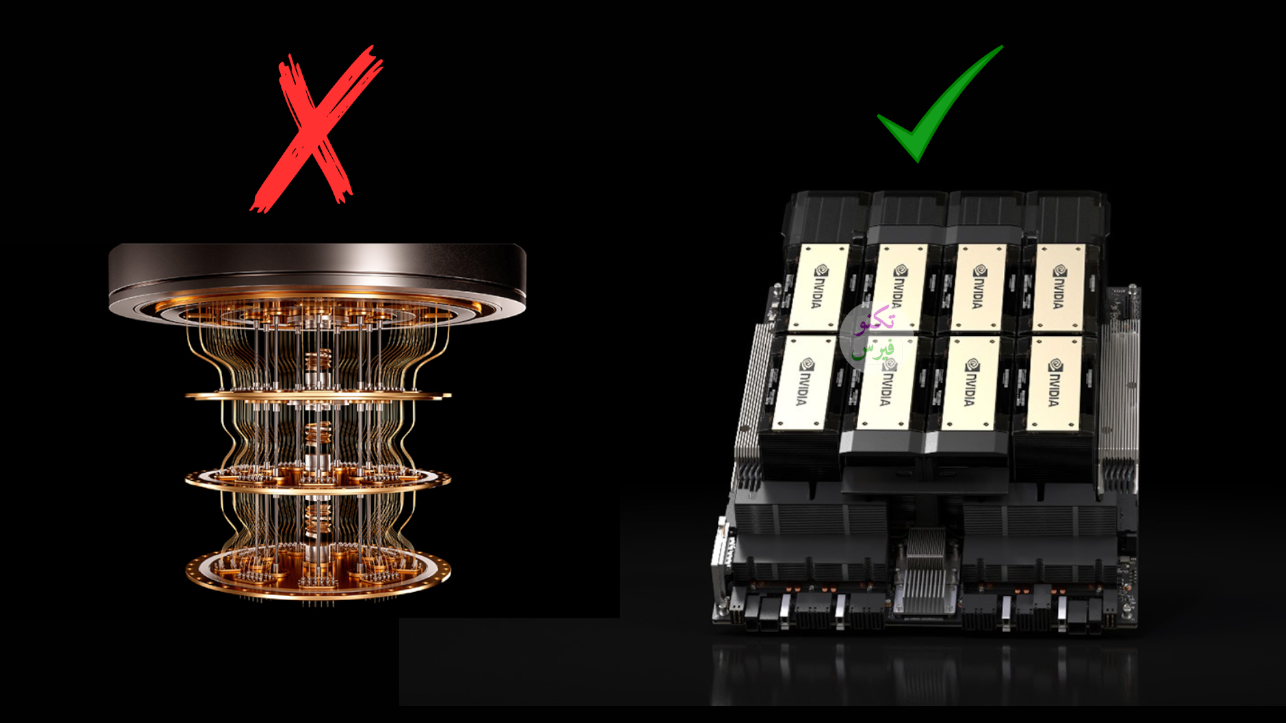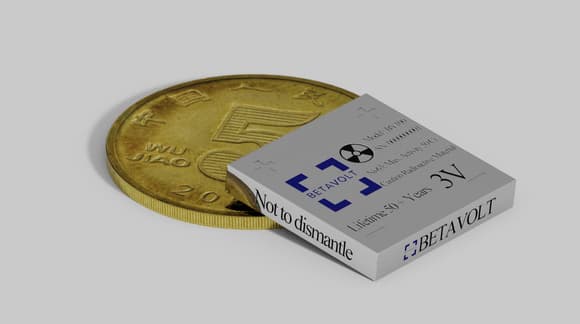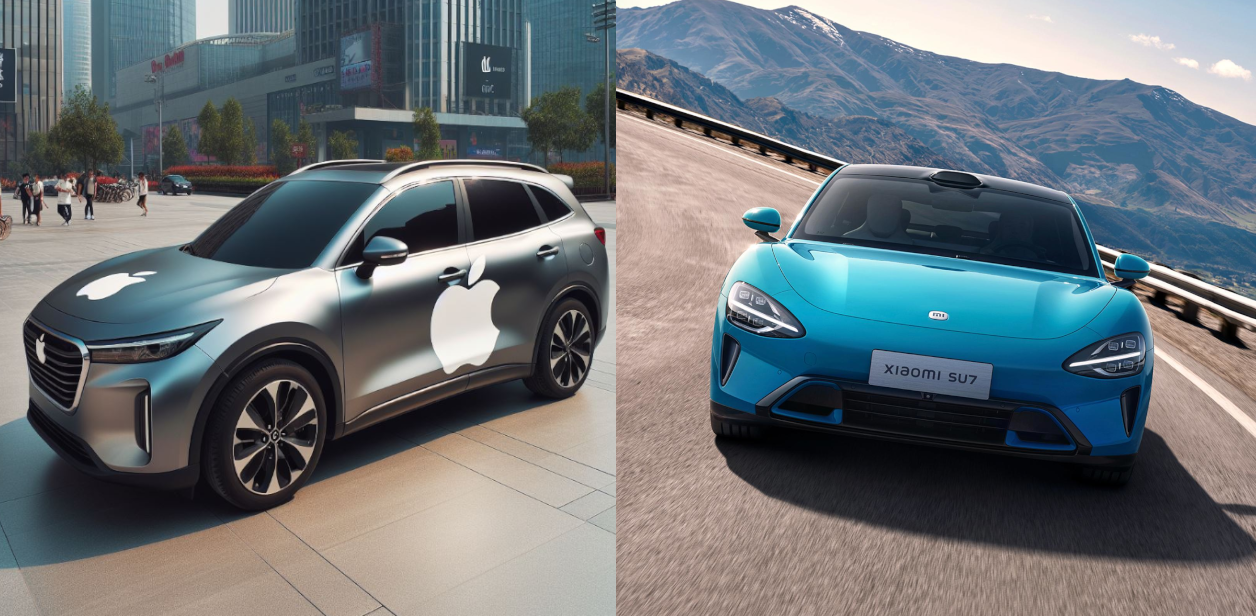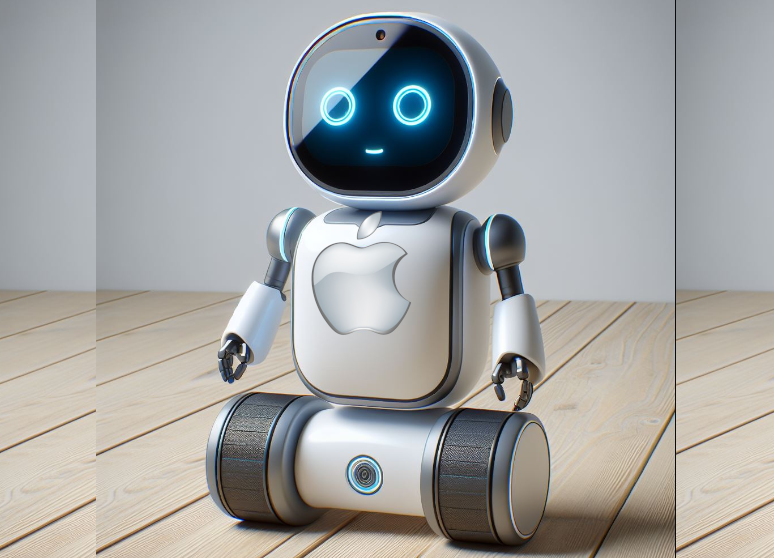With over 900 million devices running HarmonyOS since June 2024, Huawei has carved a niche in the phone operating system market, attracting users and emerging as a competitor to Android and iOS. Unlike Microsoft’s unsuccessful Windows Phone project, which was discontinued in 2017, HarmonyOS is showing a promising path for the future.
The 2019 US ban on Huawei from working with American tech companies, including Google, cut off access to the Android operating system for Huawei phones. This significantly impacted Huawei’s phone division, which had previously been one of the top three global smartphone manufacturers alongside Samsung and Apple.
Five years after facing a setback, Huawei is regaining a foothold in the smartphone market with its HarmonyOS. Initially, HarmonyOS leveraged open-source elements from Android, but this is shifting with the upcoming release of HarmonyOS Next.
HarmonyOS initially offered compatibility with many existing Android applications, leveraging the vast Android app library. This reduced the burden on developers who didn’t need to create entirely new apps for a nascent system. This compatibility likely contributed to HarmonyOS’s early user adoption, allowing users to find and run most of their familiar apps.
Latecomers to the operating system market face a crucial challenge: building a robust ecosystem with apps that cater to user needs. Unlike Huawei’s efforts, Microsoft failed to attract developers to Windows Mobile, leaving its app store largely barren. This lack of a thriving app ecosystem likely contributed to Microsoft’s unsuccessful venture.
Huawei unveiled its next-generation HarmonyOS Next at the 2023 Developer Conference. At HDC 2024, the company announced the entirely homegrown system is now in beta testing with volunteers across various devices. A commercial launch is expected by year’s end.
HarmonyOS Next marks a crucial test for Huawei’s ambitions in the phone operating system market. However, they likely wouldn’t be taking this step without promising signs. Over 4,000 original applications are already under development by more than 200 industry partners, indicating strong early support for the platform.
Huawei’s HarmonyOS Next positions the company as a serious competitor, particularly in its home market where a large user base exists. There’s potential to challenge not just Android but also iOS. Apple’s market share dipped from 19.7% in Q1 2023 to 15.7% this year, while Huawei devices are closing the gap with 15.5%. China’s domestic leader, Vivo, still holds the top spot with 17.7%.
HarmonyOS Next signifies a fresh start for Harmony phones. It sheds reliance on external systems, offering a complete ecosystem with its own apps, devices, and a growing user base. This meticulously planned transition suggests a significant boost to Huawei’s competitiveness, potentially solidifying them as a major player in both the smartphone and operating system markets.
